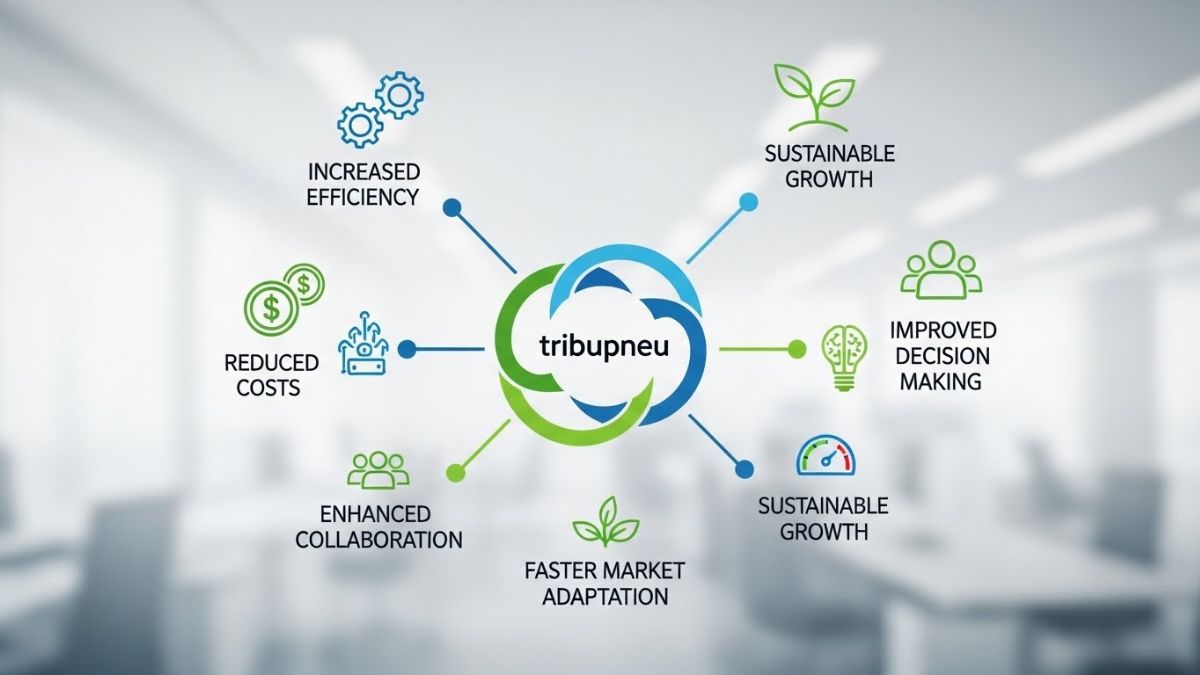Partnering with Walmart marketplace is one of the most effective ways you can adopt to grow your business. It enables you to expand your market reach and sales potential. To enjoy all the benefits of this partnership, you have to run operations smoothly and efficiently. This is where integrating the warehouse management system with Walmart becomes significant.
This integration enables you to manage inventory and optimize warehouse operations. Walmart WMS integration can be challenging but not when you know some best practices. In this post, we will delve into some best practices you can adopt to ensure seamless integration between WMS and Walmart.
9 Best Practices for Seamless Walmart WMS Integration
1. Understand Walmart’s Requirements
The first thing you need to do is to understand Walmart’s requirements. Without doing so, you may not be able to integrate a robust WMS with it. Before you start looking, go through Walmart’s Supplier Handbook and other relevant documentation. It will help a better understanding of the requirements. It enables you to avoid common pitfalls and ensure compliance throughout the process.
2. Choose the Right WMS
Without an efficient warehouse management system, you may not be able to carry out the integration process. Therefore, you should focus on finding the right WMS as well. Some specific features must be present in your selected tool. These are listed below.
- It should maintain inventory and other warehouse operations efficiently.
- Your selected tool must be capable of integrating with Walmart and other management systems.
- It should be flexible and scalable.
- Your WMS must have automation tools to ensure operational efficiency.
3. Plan the Integration
For Seamless Walmart WMS integration, you need to do the proper homework. Plan every step of the integration process to get the desired outcomes. When planning, make sure you keep your objectives in mind and develop strategies accordingly. It enables you to streamline the integration process.
4. Conduct Data Audits
Data transfer is the main thing you need to focus on when integrating two systems. Make sure your existing data is complete and accurate. It should be formatted correctly. Any errors in data can lead to major issues throughout the integration process. Conducting data audits can help you regarding this. You have to analyze existing data and check for its accuracy. Clean up unnecessary data and correct any discrepancies before transfer to mitigate the risk of errors.
5. Leverage Electronic Data Interchange
You can adopt different approaches to transfer data while integrating WMS with the Walmart marketplace. However, the most effective of them is electronic data Interchange (EDI). It enables automated and real-time communication between your system and Walmart. Relying on EDI will eliminate manual errors by automating data transfer. This automation also reduces processing time, ensuring that critical information is exchanged efficiently. It helps you meet Walmart’s stringent requirements and leads to a sustainable partnership.
6. Extensive Testing
After data transfer, the integration process is almost complete. Before going live, you have to test it. This testing is mandatory to identify an error and eliminate it. Conduct extensive testing of all aspects of the integration. From data exchange to reporting, every step of integration is tested to avoid any errors.
7. Ensure Compliance
Walmart has strict regulations and standards, especially for labeling and packaging. You need to ensure compliance with these standards to build a sustainable partnership. Make sure your selected WMS can generate compliant labels. Similarly, your packaging processes must also meet Walmart’s requirements. Non-compliance can result in fines and delays. It can even affect your relationship with Walmart.
8. Train Your Team
Proper training is essential to ensure that your team can use the integrated WMS. You should provide comprehensive training for all relevant staff, including warehouse workers and inventory managers. This training will enable them to understand the integration process, how to use the WMS, and how to fix common issues.
9. Seek Professional Help
If you don’t have the in-house expertise to manage Walmart WMS integration, seeking professional help is your best option. You must hire skilled professionals to handle the integration process. It ensures that the whole process will be completed perfectly, providing you with the desired outcomes.
Wrapping it Up
To sum it up, adopting the aforementioned practices will help you seamlessly integrate the WMS with the Walmart marketplace. The key thing you need to focus on is to get an advanced WMS with built-in integration features.
ALSO READ: Prince Narula and Digital PayPal: A Comprehensive Insight











